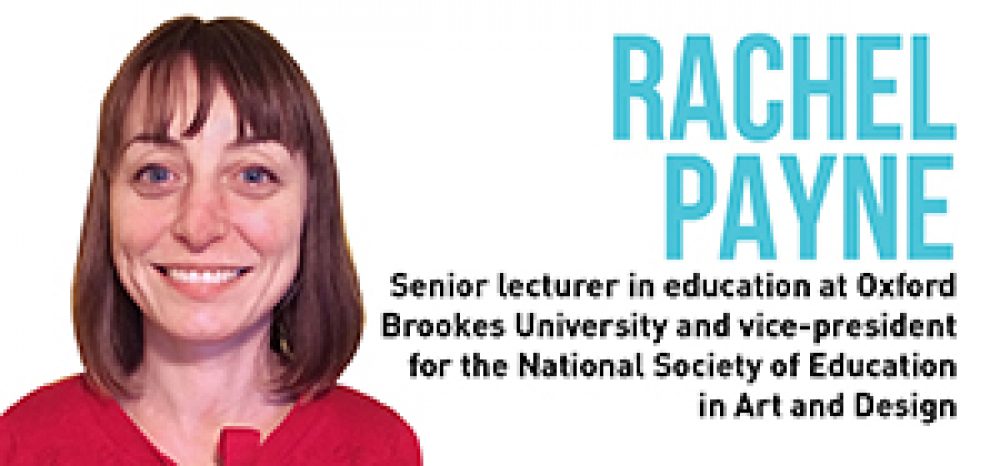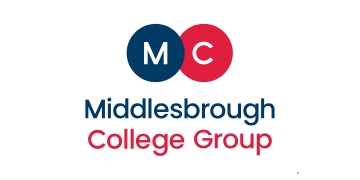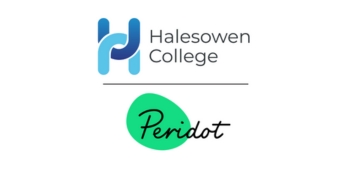New findings from The National Society for Education in Art and Design (NSEAD) Survey Report 2015-16 published this week indicate that art, craft and design education in England has been significantly side-lined.
The results from more than 1,100 NSEAD respondents are dismal, indicating a systemic marginalisation of the visual arts across all education sectors since 2010.
At least a third and up to 44 per cent of teacher responses across all key stages report that time allocated for the subject had decreased in the last five years. This sends a clear signal to all involved in art and design education, and not least the Department for Education (DfE), of the impact education reform is having on the arts.
While the current picture may be an unintended consequence of policy there are a number of key reforms creating tension points within the English education system. On their own these constraints are not insurmountable; operating in unison they present a troubling picture.
The pressures begin in primary school, where two-thirds of a child’s compulsory art and design education occurs. The survey highlights a reduction in opportunity to study art across key stage 1 and 2 (KS1/2), with 89 per cent of respondents in state schools indicating an additional decline in the two terms before national curriculum tests.
While I am not suggesting primary schools are intentionally marginalising art and design, the survey report findings clearly indicate schools are prioritising nationally regulated assessment over breadth of opportunity.
Unfortunately this is not news. Academics have been arguing against reduced primary art and design curriculum time as a result of national agendas for decades.
Implications include the de-skilling of teachers and limited opportunity and progress in learners. Our findings indicate this has been exacerbated since 2010; 53 per cent of teachers identify a drop in pupils’ attainment levels in art and design on entry to year 7.
Issues in KS2/3 transition are highlighted in the 2015 Ofsted report, although unhelpfully – and unsurprisingly – it focuses on the English Baccalaureate (EBacc) subjects.
Weak transition in art and design education is compounded by a reduction in the subject’s curriculum time. The report shows it is not uncommon for KS3 to be shortened from three to two years and/or the amount of curriculum time reduced to an arts carousel system.
Secondary educators are concerned about the impact of limited KS1-3 curriculum time on opportunity to study the subject to the expected GCSE level. GCSE options and the EBacc itself indicate significant tensions for those studying and teaching art and design; for example, learners are frequently presented with regulated option-bands which prioritise E-Bacc subjects.
The survey indicates the EBacc has been the primary performance measure inhibiting GCSE selection, with 93 per cent of those reporting a reduction in time attributing the change to the EBacc.
The final tension point is found in post-16 education: 34 per cent of art and design educators in secondary and FE colleges specify post-16 courses have closed.
The Russell Group university guidance on facilitating A-level subjects fails to communicate the value of the arts as facilitating subjects. This impacts on learners’ and/or parents’ reluctance to choose arts subjects at this level.
This message is compounded by education secretary Nicky Morgan, who berates the arts and humanities suggesting their study is unhelpful in gaining future employment.
This couldn’t be further from the truth. The economic value of the cultural industries has never been greater, revealing a dislocation between the Department for Culture, Media and Sport’s and the DfE’s messages about the value of the arts in society, demonstrated in part by George Osborne’s decision against 40 per cent cuts in the creative sector in the November spending review.
There is some concern that if we continue on our current trajectory, by 2020 there will be limited art and design education opportunities for many learners in our state schools.
Who then will occupy the increasing demand for jobs in our cultural and creative sectors? And how will this impact the broad range of benefits that come from involvement in the arts, both for individuals and for societies?
Despite this bleak picture all hope is not lost. There is significant support for art, craft and design education nationally and The NSEAD have indicated a number of key recommendations to stakeholders. The NSEAD’s focus to champion the subject at all costs will continue unabated with its many active members pledging to work in collaboration enabling young people to engage in their educational right: equal opportunity to study art, craft and design at every sector.






This nails the issues and the challenges our subjectand our teachers are facing. Our dedicated art and design teachers are working against the wind to ensure children and young people have the basic human right of choice!
Please do not choose to ignore the messages in this pertinent and timely blog
I am fortunate to work in an Early Years community setting, where art and creativity are valued and encouraged. However I am deeply concerned by the marginalisation of art and arts subjects which has filtered down into primary schools, and also by the narrow subject bands offered by the EBacc model, which will seriously limit my child’s right to pursue the subjects she is interested in. Don’t even get me started on how the current system is stifling young people’s ability to think creatively and divergently…